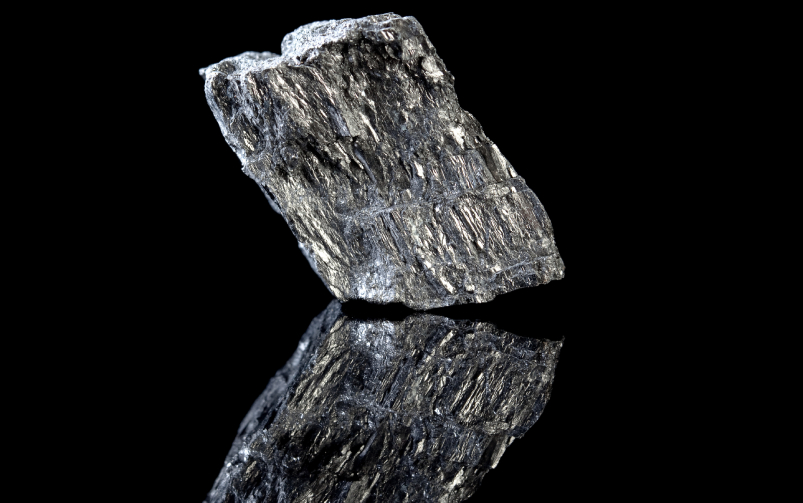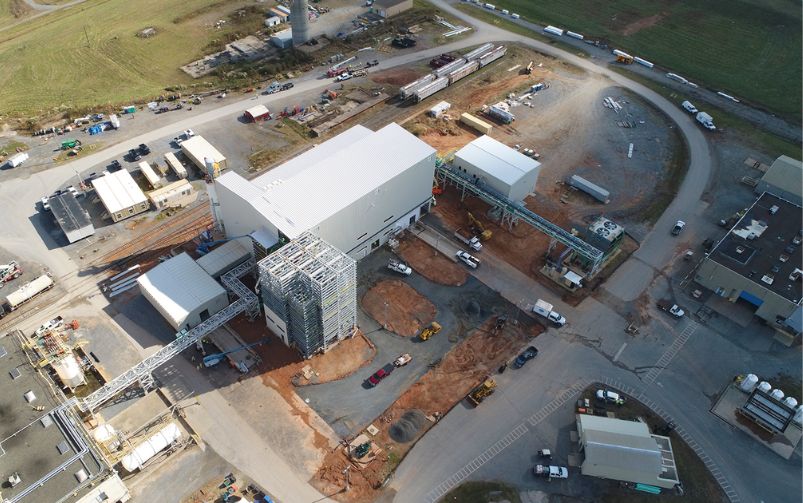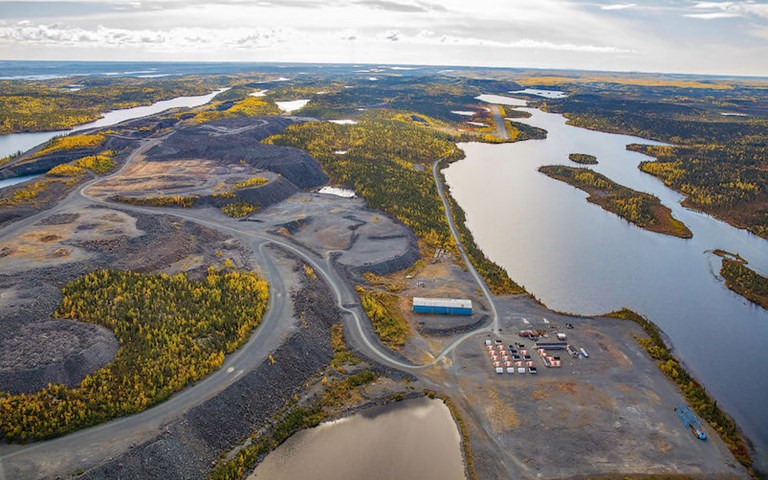The Indin Lake gold project, which is in its exploration stage and situated in the Northwest Territories, is run by Nighthawk Gold Corp. Courtesy of Nighthawk Gold Corp.
While the mining industry in Canada has recovered from the pandemic, more investment is needed from the federal government to increase the production of critical minerals, according to a report released in May by the Mining Association of Canada (MAC) titled “The Canadian Mining Story: Economic Impacts and Drivers for the Global Energy Transition.”
The report detailed how the mining industry contributed five per cent—or $125 billion—to Canada’s gross domestic product in 2021. It also noted that Canada, which produces 60 minerals and metals, is among the top 10 producers in the world for 26 of them, notably potash, gemstones and niobium, but that production has declined since 2005 for nickel, zinc and copper. According to the report, this decline in production is partly linked to a decrease in mineral investment.
“We are no longer a top producer of minerals critical for a low-carbon economy and many minerals are not being produced at the levels they were a decade ago,” said Pierre Gratton, MAC’s president and CEO, in a press release accompanying the report.
The report praised the federal government’s commitments to the mining industry in its 2022 and 2023 budgets.
Most recently, in the 2023 budget, the government established a $1.5 billion Critical Minerals Infrastructure Fund for energy and transportation projects to be used in critical minerals operations.
The federal budget also proposed an additional $500 million for the government’s Strategic Innovation Fund (SIF) over the next 10 years towards the development of clean technologies, and a re-allocation of $1.5 billion within the fund’s existing resources to support projects in clean technologies, critical minerals and industrial transformation.
However, MAC advised that more investments are needed for Canada to be a major player in the global energy transition.
“Recent commitments, specifically those included in Budget 2023, will improve our industry’s ability to provide the minerals and metals integral to low-carbon technologies and the energy transition—this is good news as time is of the essence if we are to establish Canada as the global mining supplier of choice,” Gratton said in the release.
To increase mineral production, the report recommended the government undertake comprehensive mineral resource assessments to understand and incorporate the value of mineral potential into regional assessments and land management decisions. The report pointed to northern Canada as an example, which has a high potential for new mineral discoveries.
It added that the infrastructure deficit in Canada makes it one of the most expensive places in the world to mine, and that “substantial investments” in infrastructure like railways, powerlines and communication lines are key to developing and supporting the mining industry across the country.
“New infrastructure will help Canada’s extraction, processing and manufacturing industries by providing the resources that the industry needs, reliably and at a reasonable cost,” the report stated.
It also urged investing in mineral processing. “If the processing industry is to remain competitive, enhancing domestic levels of mineral production through investment in exploration and mine development is essential,” the report said.
In 2021, the mining industry directly employed 403,000 people, according to the report.
It said the tight labour market poses challenges to mining employers as it drives up recruitment costs and wages, as well as increasing the need for competitors to poach talent from each other. It referenced the 2021 edition of the Mining Industry Human Resources Council’s (MiHR) Canadian Mining Labour Market Outlook, which estimated that the Canadian mining industry would need to hire at least 29,000 new workers from 2021 to 2025 to replace retirees and fill new positions to meet baseline production targets.
Unemployment rates from December 2022 in mining and quarrying are low at 3.9 per cent, but it stated these rates suggest “the industry has begun to exhaust its labour pool.”
According to the report, youth interest in working in the mining industry remains low and the number of graduates from mining programs is declining. It mentioned the need for ongoing efforts to recruit young people into the industry, including through career fairs or work placement programs. With the industry becoming increasingly technical, a shortage of skilled engineers, technicians and information technologists will pose challenges.
To increase equity, diversity and inclusion (EDI) in the industry, it recommended focusing on efforts to recruit Indigenous people and women. For the latter, it cited a target from Natural Resources Canada’s Canadian Minerals and Metals Plan (CMMP) to have women make up 30 per cent of the mining sector by 2030.
“With the right supports, our industry will be better able to provide the sustainably produced products essential to businesses and the public, both domestically and for our allies across the globe,” Gratton said.




